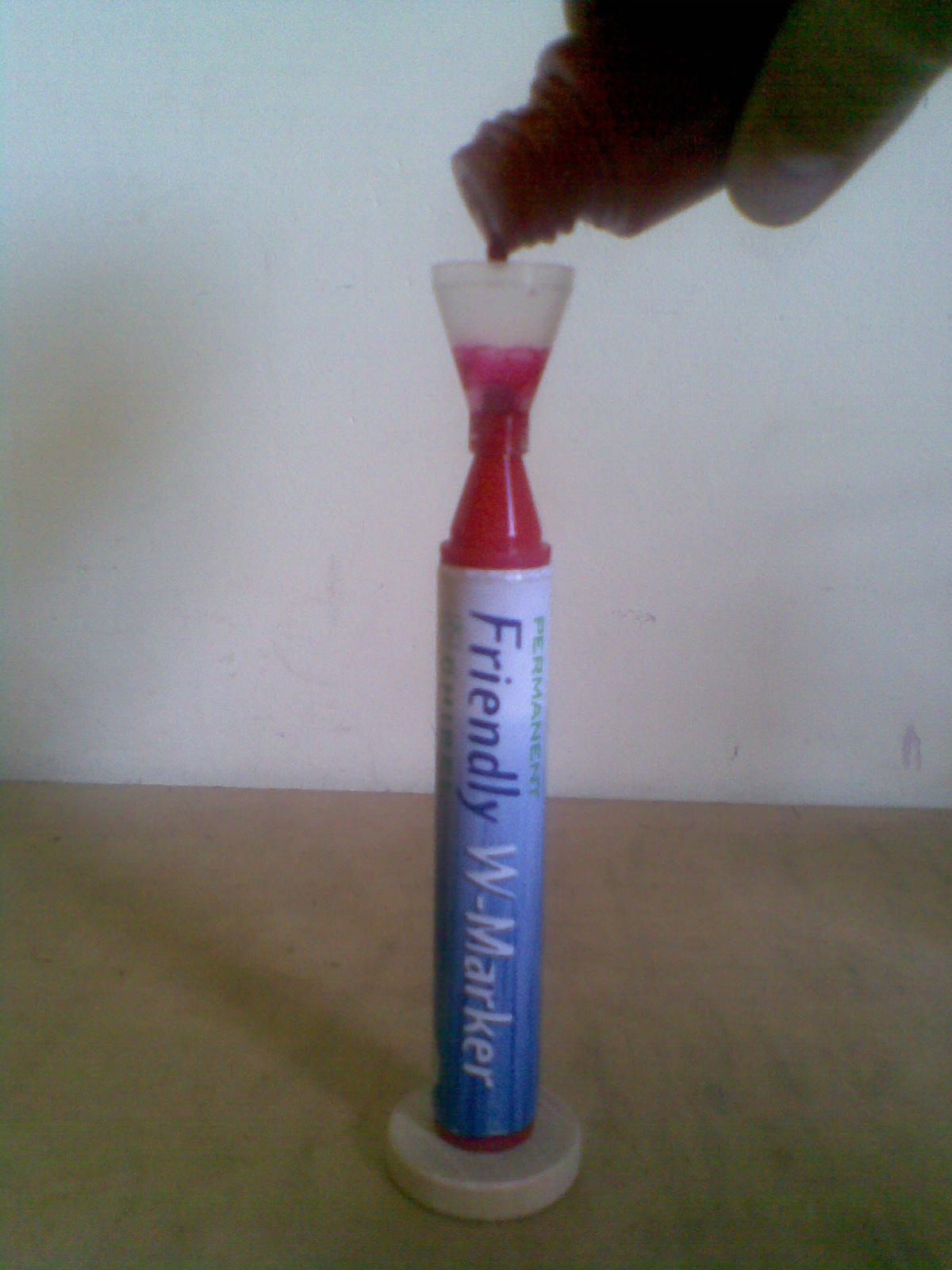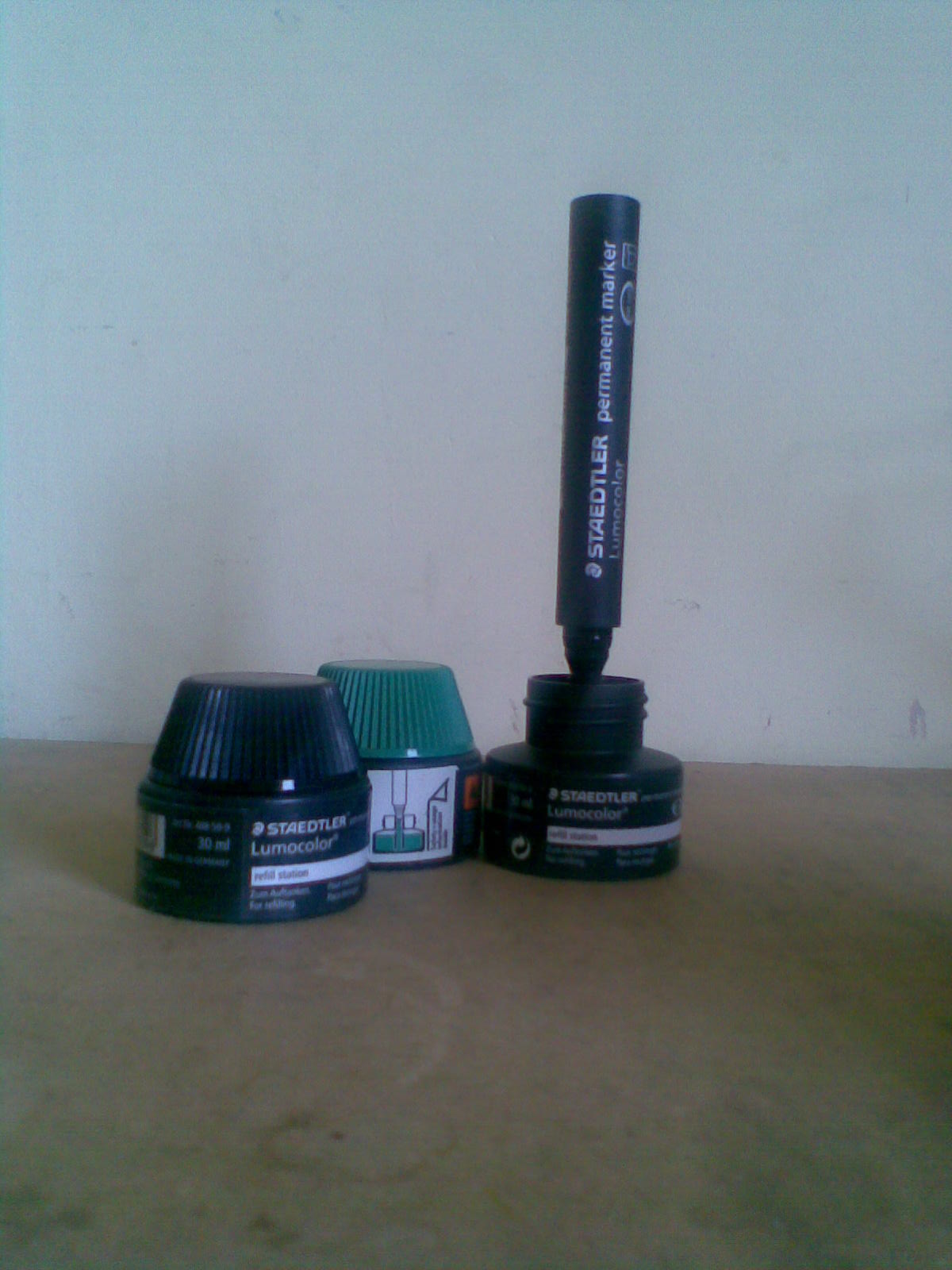8.01 Left home just after the pips. 476 and then the Northern Line from Angel. Man with lacrosse stick on the bus makes room for woman with toddler and pram. Everyone trying to be accommodating. 08.40 Cup of tea. Plenty of time.
9.10 We set off from Euston, on a Pendolino. We don’t have seat reservations but since this isn’t the usual train which does this journey, I’m not sure anyone else does either. We will have to change at Crewe. Slightly nervous. New apartment blocks near Euston have solar panels on the roofs, each at a slightly different angle.
09.45 Lots of people get off at Milton Keynes, so we swap seats so we have a table and sockets for our laptops. Now we can work! Misty. We pass sopping allotments and horses dripping slightly in the fields.
09.50 Announcement reassures us that Crewe know we’re coming, and we will be helped to make our connection. Those who need assistance, those with lots of luggage, those with small children and pushchairs – it sounds like she knows us all individually. Reassuring.
10.27 Going through the Shugborough Tunnel, 777 yards according to the sign. Signal down, of course.
Sycamore, willow, birch, oak. Freight train. Convolvulus. Canal boat being manoeuvred through a small arched bridge.
10.31 passing through Stafford station. Vertical axis wind turbines on building by the station are not turning. Design flaw? Or grid problems leading to automatic shut-down? Or just not enough wind?
10.41 Mobile broadband connection on this laptop is SO SLOW. Everything takes much longer to do than I’d like.
10.58 Successfully changed at Crewe onto the new train. Which apparently divides at Chester. We think we’re in the right carriage. Table and sockets all present and correct. Weather slightly brighter. Beginning to think about the ferry – will it be rough? Wish I’d remembered to bring wrist bands.
11.07 More canal boats. They manage to look so much more attractive than caravans. Very small wind turbine whizzing round, powering who-knows-what on one boat.
Getting hillier. Red soil peeps through. Dramatic ruins on rocky hill which juts out of flat landscape.
11.17 Chester. Dapper gent sharing our table gets off here. Cheeringly large number of bikes at the station bike racks. Race course looks very well cared for, protected by the curve of the river. Surprisingly busy looking airport – runway lights look very bright as it’s still a bit overcast.
11.31 Judging by the length of the sign at the station we have just passed through, we must be in Wales. I was hoping for an announcement.
11.33 Tidal stream alongside us – tide’s out, lots of shiny mud with a very thin channel snaking through it. Lots of people in this carriage have bought crisps from the shop and there’s a crackling crunchy noise in front and behind me. Hungry.
11.36 Gleeful lady just popped her crisp packet! Unbelievable. They wouldn’t allow that in the quiet zone.
11.37 I can see the sea! This line is right by the water’s edge, with just a narrow stone wall on the seaward side. Sea level rise, anyone? One for the Climate Change Risk Assessment , I think.
11.41 Three grey herons in meadow – but no water for them to fish in. I wonder what they are doing there. Mountains stretch out ahead and to the left, silver in the haze. Blue sky on the seaward side – perhaps we’ll have a smooth crossing.
11.46 Rhyl. Sun breaks out! People hunching over their screens so they can read despite the light.
11.52 Fortifications line the forested hillside, but this must be a folly – there’s no room for anything behind them!
11.53 Wind farm out to sea, gleaming white in the sunshine, but none turning. Bad news for electricity generation, good news for calm crossing?
12.03 Llandudno Junction. Gateway to Snowdonia National Park. Ah, to be in the hills.
12.07 Or in the river, like a dozen kayakers and four boatloads of canoeists.
12.16 Clouding over a bit.
12.22 Arriving at Bangor. Suddenly much noisier. Jolene being played on a very poor machine – perhaps a phone. Hope they get off.
12.28 Spectacular bridge crossing, and some kind of monument: not quite Nelson’s Column. Apparently we’re now on Anglesey. Lush and green; boggy fields; wind-twisted, low trees; sheep and cattle; glossy crows in low hawthorns.
12.38 RAF training flight zooms past and I wait for the sonic boom which doesn’t arrive.
12.44 Could that be a little egret in that pond? Black bill, otherwise snowy white.
12.45 White water rafters in channel between railway line and road. Annoying music is back.
14.01 On ferry. Luggage had to be checked in, which we hadn’t anticipated. Quick swapping over of essential items before we consign our cases to the conveyor belt. Once through security, we wait for a while on the little bus, regretting checking in so promptly. Cheery man from National Statistics Office of Ireland invites us to take part in travel survey, but fails to lift the mood, which is grey.
Once on board, the veggie dish of day is chick pea curry. Surprisingly good, although the naan bread is best avoided. Very glad, as I didn’t think we’d get decent veg-laden food on this rather convoluted journey. Wi-Fi working (faster than mobile broadband on train), spacious table by the window, weather good. 14.29 Fully at sea, though hills still visible if I crane my neck. Water steely grey, sky pearly grey, water a little choppy but boat still moving smoothly.
14.42 My phone tells me that making and receiving calls will cost me £1.30 a minute. Should have brought continental adapter as electrical socket need round-pin plug.
15.15 WiFi means I can follow Ed Miliband’s first speech as Labour leader on twitter. No mention of environment yet. Hmm.
15.16 There it is! Needs a new politics. I’ll say.
15.48 Google thinks I’m in Norway. Shame that the only Norwegian I know is the finger counting rhyme: “Tommeltott, Slikkepott, Langemann, Gullebrand, og Lille Petter Spillemann”.
Transfer from ferry port to Connolly station is free, quick and easy.
Connolly station is small, tidy and shiny but eating options very limited.
19.14 Our Belfast-bound train crosses a lot of water on a narrow causeway. CCRA again!
20.01 Dundalk. Station architecture familiar from so many English Victorian stations: decoration iron columns and canopies, decorative brickwork with stripes and arches picked out in cream, green and terracotta.
20.14 Glad I brought a book (Peggy Holman’s Engaging Emergence – lovely) as well as my laptop, as I’m now out of juice and there’s no sockets on the train.
20.20 Passing Newry. Strings of orange streetlights netting over a bowl of hillsides.
Walked from Belfast Central station to hotel – about 10 mins – refreshing after the long journey.
In room by 10.00.
Feel fresh and ready for workshop.
During workshop, people who knew about our travel choices swapped their own stories and perspectives: ferry journeys disrupted by bad weather, the iniquity of untaxed air fuel, questions around the relative carbon intensity of a very full flight versus a mostly empty ferry.
Return journey
18.09 On train waiting to leave for Dublin. Glorious blue skies and sunshine.
18.35 Golden skies and long shadows.
19.09 Sky pinkish and grey, mountains on the skyline. Newry by daylight this time!
19.21 My phone tells me I’m in Ireland.
20.32 About 20 minutes late into Connolly station, but we get a cab straight away and there’s no trouble checking in. Very few foot passengers. Will there be any veggie hot meal at this time of night.
Yes! Chick pea curry again, no mini poppadums this time, but mango chutney. Naan bread still inedible.
23.30 My phone tells me I’m in the Isle of Man.
Stupid O’clock. Walk from ferry terminal to hotel in Holyhead marred by lack of signposting. We can see the hotel, but it takes a couple of goes to cross the main road and actually get to it. We spot a footbridge from the station which we’ll use tomorrow. Hotel cheap and cheerless.
08.15 Meet for the walk back to the station. Marred this time by discovery that entrance to footbridge is firmly locked. Weather good.
09.23 Train to Birmingham, we change at Chester. Lovely morning, with pale sun illuminating semi-wild countryside. Green fields edged with thick hedges and grey stone, with occasional peat bog breaking through.
09.55 Back across the bridge to mainland Wales. Statue looks wistfully out across the short stretch of sea.
10.04 This stretch of track lined with nut trees.
10.14 Penmaenmawr The sea on our left gleams and shimmers, calm and sunlit. To the right, rocky hills and screen slopes. The road and the railway line protect (separate?) the hills from the sea.
10.49 Prestatyn. Warm hubbub of chat on this friendly train, as Sarah types up worksheets from yesterday's meeting and I catch up with emails.
11.32 On new train at Chester, waiting for the off. Table and sockets mean we can work all the way back to London. Hurray.
12.05 Speeding through gentler landscape, though rougher sedges still break through the grass in the sheep fields.
12.21 Passing large power station, not sure which one. Modest clouds of steam emerging from cooling towers.
12.53 Getting hungry, but we’ll be back at Euston in less than an hour. Should I wait to eat proper food?
12.59 Milton Keynes. Signal much worse as we approach London. Very frustrating.
13.22 Shop closed, so food decision is out of my hands.
13.48 Leek and potato soup at Prêt outside the station. Feeling revived.
Verdict: doable, cost relatively low, requires free day for travel on either side of assignment. Preferable to have more than one thing to do to make full use of the time (and carbon) of travelling. We had first draft of workshop record ready pretty much by the time we left the train. Take continental plug adapter for ferry. Investigate staying overnight in Dublin rather than Holyhead on return leg of journey.



